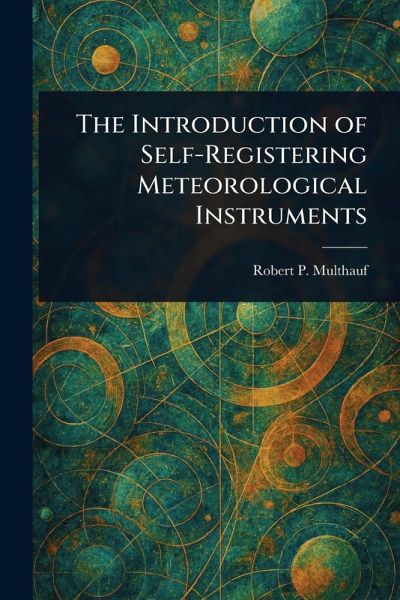
The Introduction of Self-Registering Meteorological Instruments
Versandkostenfrei!
Versandfertig in über 4 Wochen
14,99 €
inkl. MwSt.

PAYBACK Punkte
7 °P sammeln!
Delve into the fascinating history of weather observation with "The Introduction of Self-Registering Meteorological Instruments" by Robert P. Multhauf. This meticulously prepared volume explores the development and impact of scientific instruments designed for continuous weather recording. Discover the evolution of these groundbreaking technologies, from early prototypes to sophisticated devices that automated data collection. A vital resource for anyone interested in meteorological instruments and the history of science, this book examines the mechanical ingenuity behind self-registering inst...
Delve into the fascinating history of weather observation with "The Introduction of Self-Registering Meteorological Instruments" by Robert P. Multhauf. This meticulously prepared volume explores the development and impact of scientific instruments designed for continuous weather recording. Discover the evolution of these groundbreaking technologies, from early prototypes to sophisticated devices that automated data collection. A vital resource for anyone interested in meteorological instruments and the history of science, this book examines the mechanical ingenuity behind self-registering instruments. Explore the intersection of technology and earth sciences as you trace the path of innovation in weather measurement. Gain insights into the scientific advancements that shaped our understanding of meteorology and climatology. This enduring work offers a valuable perspective on the history of technology and its role in scientific progress. This work has been selected by scholars as being culturally important, and is part of the knowledge base of civilization as we know it. This work is in the public domain in the United States of America, and possibly other nations. Within the United States, you may freely copy and distribute this work, as no entity (individual or corporate) has a copyright on the body of the work. Scholars believe, and we concur, that this work is important enough to be preserved, reproduced, and made generally available to the public. We appreciate your support of the preservation process, and thank you for being an important part of keeping this knowledge alive and relevant.






![Results of Meteorological Observations Made at the Magnetical Observatory, Toronto, Canada West During the Years 1860, 1861 & 1862 [microform] Cover Results of Meteorological Observations Made at the Magnetical Observatory, Toronto, Canada West During the Years 1860, 1861 & 1862 [microform]](https://bilder.buecher.de/produkte/65/65531/65531641n.jpg)
![Instructions to Agents for the Publication of Storm Warnings Issued From the Meteorological Office, Toronto [microform] Cover Instructions to Agents for the Publication of Storm Warnings Issued From the Meteorological Office, Toronto [microform]](https://bilder.buecher.de/produkte/66/66195/66195477n.jpg)

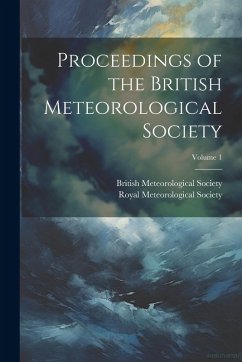
![Instructions to Observers Connected With the Meteorological Service of the Dominion of Canada [microform] Cover Instructions to Observers Connected With the Meteorological Service of the Dominion of Canada [microform]](https://bilder.buecher.de/produkte/65/65625/65625814n.jpg)
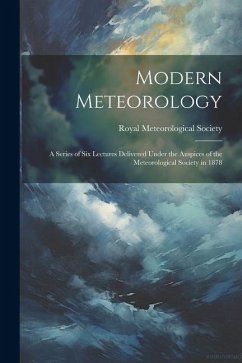
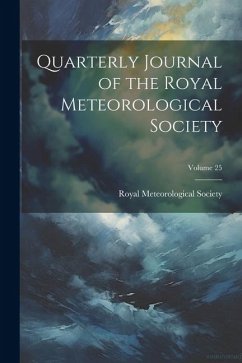
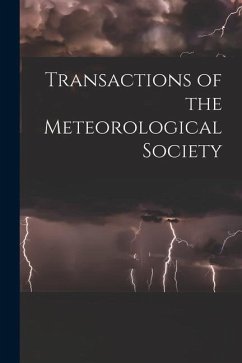
![Magnetical and Meteorological Observations at Lake Athabasca and Fort Simpson [microform] Cover Magnetical and Meteorological Observations at Lake Athabasca and Fort Simpson [microform]](https://bilder.buecher.de/produkte/65/65567/65567025n.jpg)